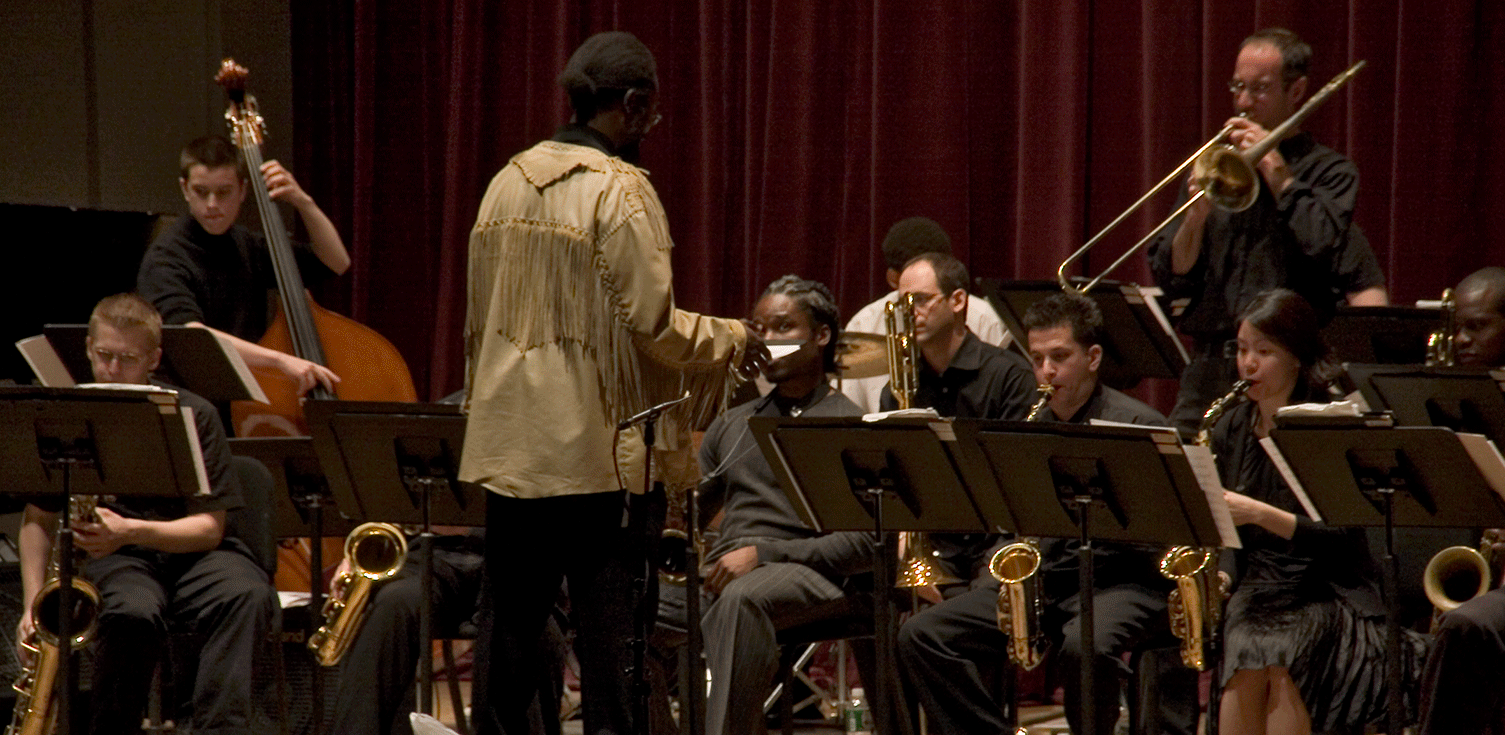| << Chapter < Page | Chapter >> Page > |

Making music has been an activity of human beings, both as individuals and with others, for thousands of years. Written texts, pictorial representations, and folklore sources provide evidence that people from all over the globe and from the beginnings of recorded history have created and performed music for religious rituals, civil ceremonies, social functions, story telling, and self-expression. Some of the terminology, concepts, and vocabulary used by musicians in writing and talking about the many types of music you will be studying are discussed in this section on elements of sound and music.
From the perspective of a musician, anything that is capable of producing sound is a potential instrument for musical exploitation. What we perceive as sound are vibrations (sound waves) traveling through a medium (usually air) that are captured by the ear and converted into electrochemical signals that are sent to the brain to be processed.
Since sound is a wave, it has all of the properties attributed to any wave, and these attributes are the four elements that define any and all sounds. They are the frequency, amplitude, wave form and duration, or in musical terms, pitch, dynamic, timbre (tone color), and duration.
| Element | Musical Term | Definition |
|---|---|---|
| Frequency | Pitch | How high or low |
| Amplitude | Dynamic | How loud or soft |
| Wave form | Timbre | Unique tone color of each instrument |
| Duration | Duration | How long or short |
The ability to distinguish pitch varies from person to person, just as different people are better and less capable at distinguishing different colors (light frequency). Those who areespecially gifted recognizing specific pitches are said to have “perfect pitch.” On the other hand,just as there are those who have difficulty seeing the difference in colors that are near each other in the light spectrum (color-blind), there are people who have trouble identifying pitches that are close to each other. If you consider yourself to be such a “tone-deaf” person, do not fret. The great American composer Charles Ives considered the singing of the tone-deaf caretaker at his church to be some of the most genuine and expressive music he experienced.

Notification Switch
Would you like to follow the 'Music appreciation: its language, history and culture' conversation and receive update notifications?